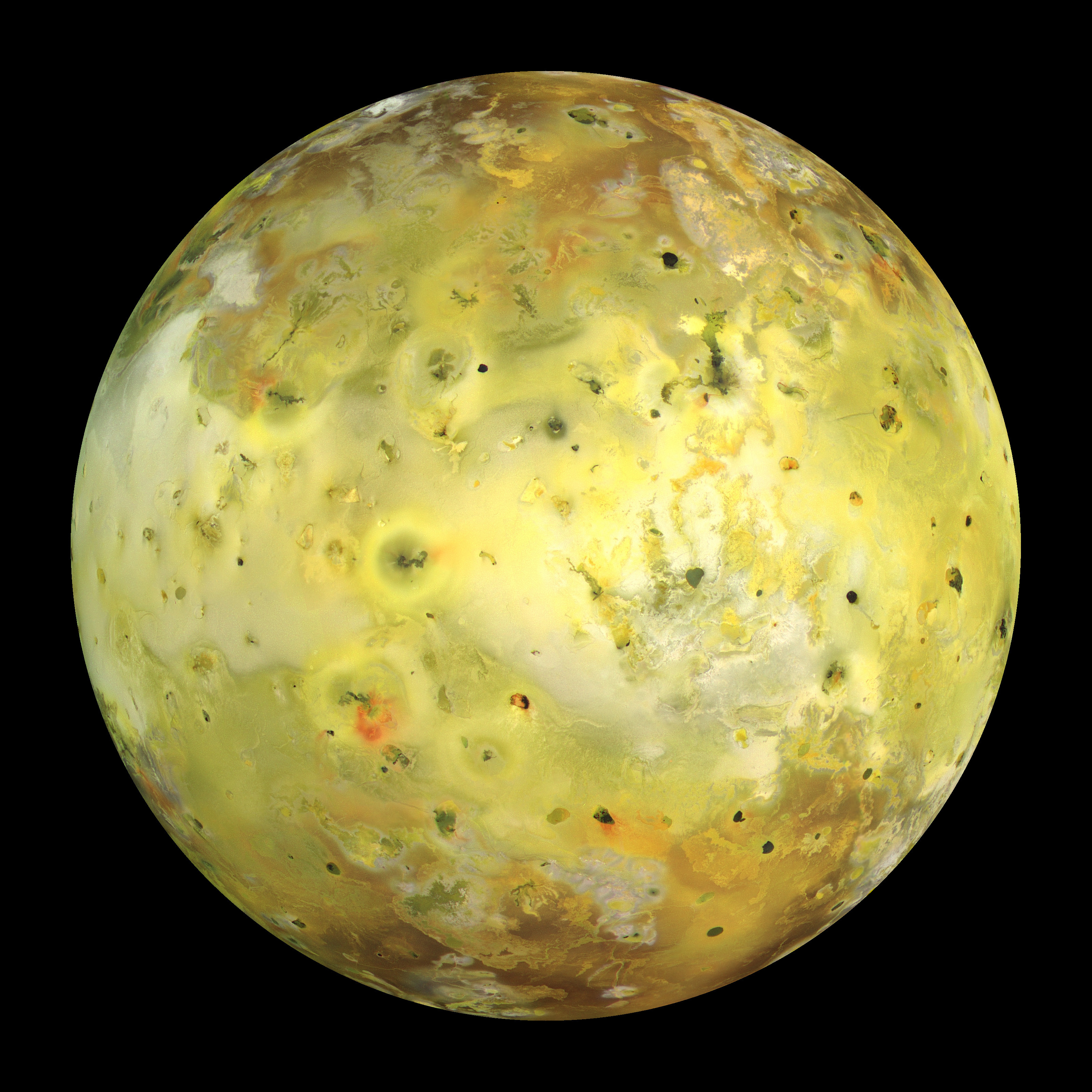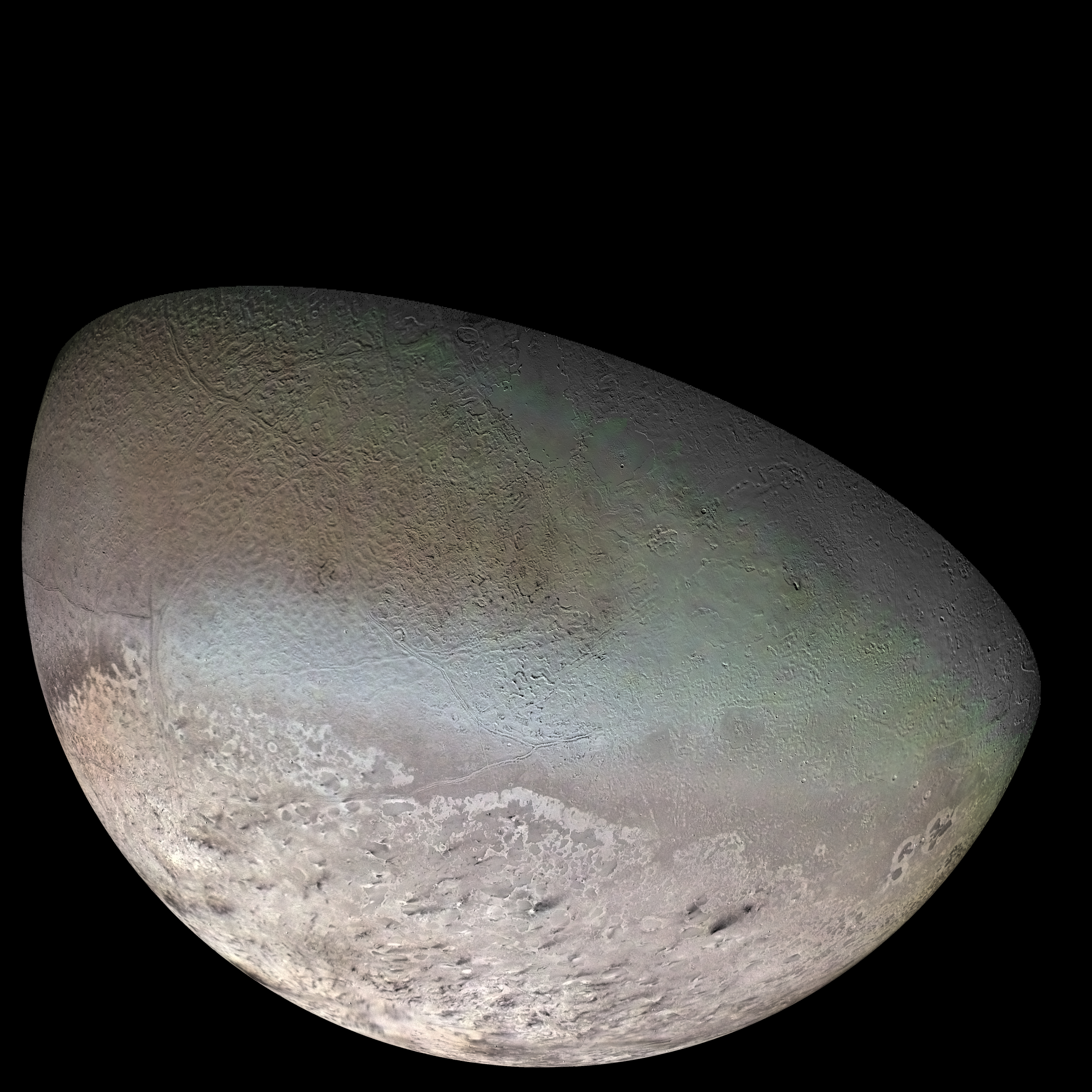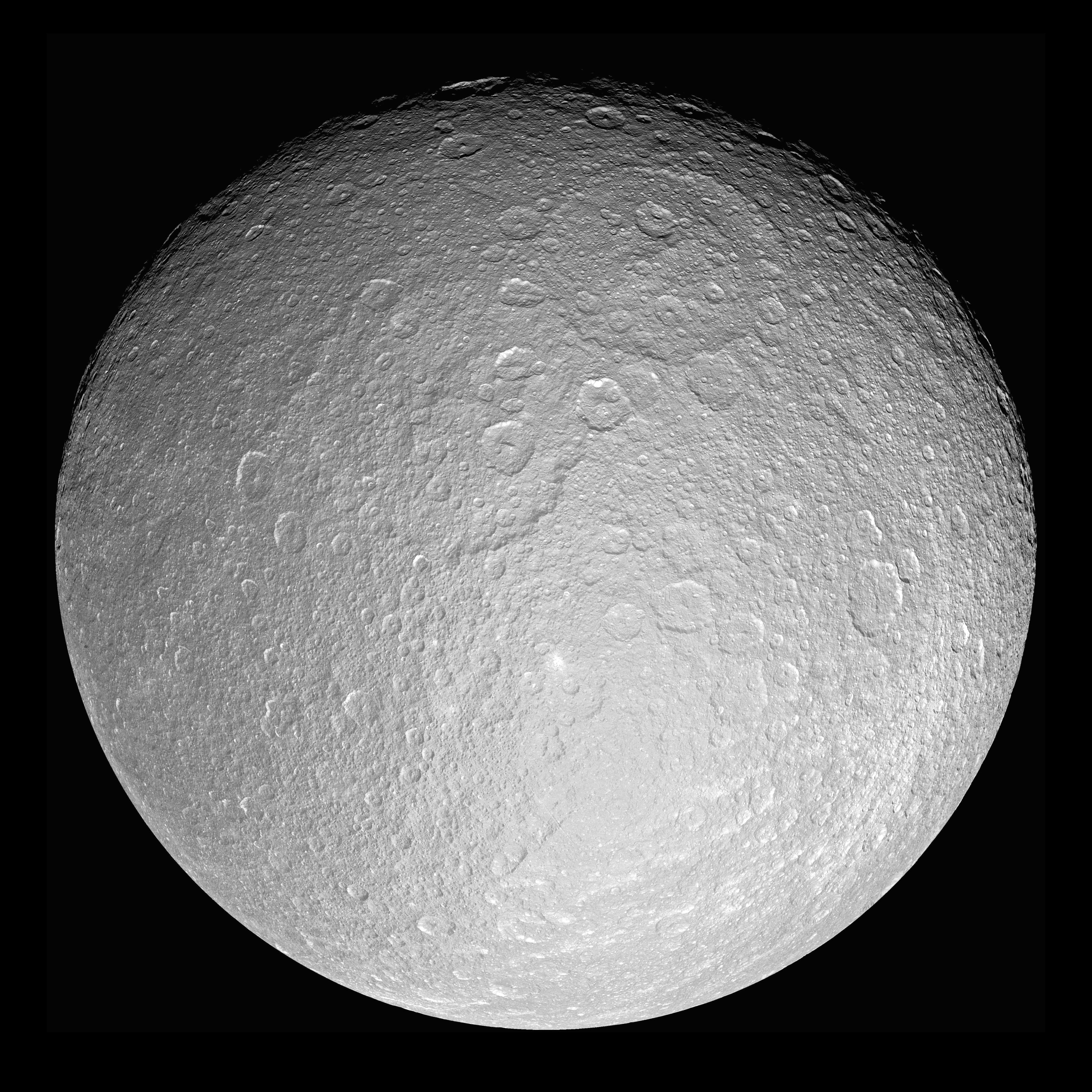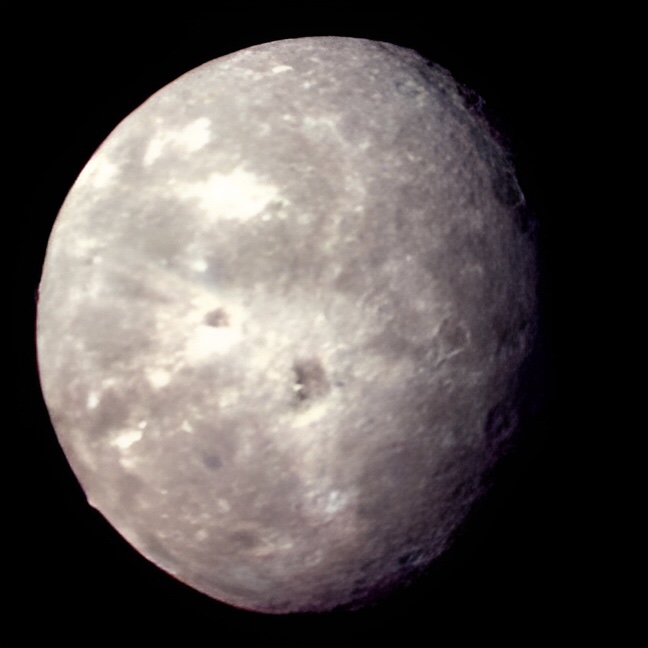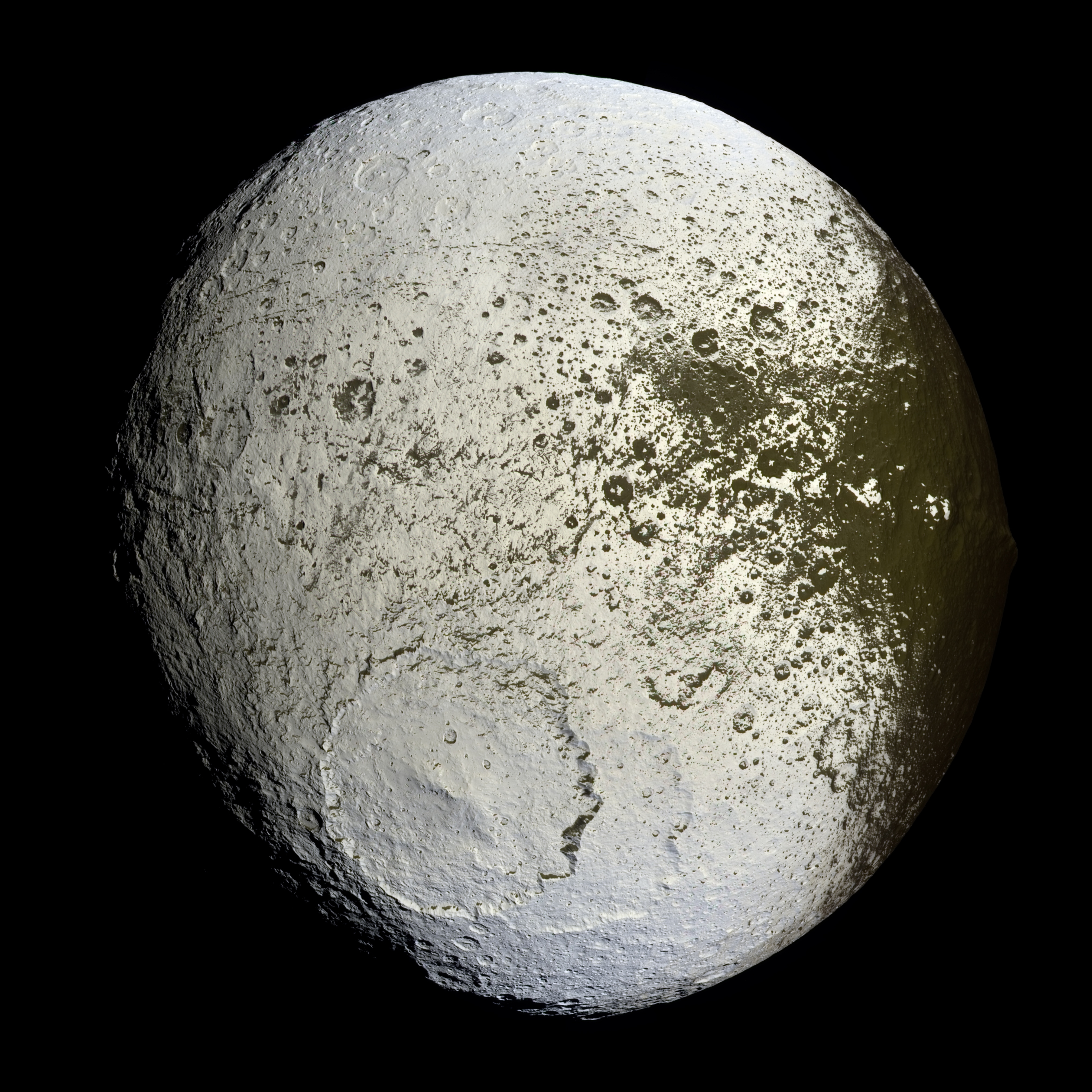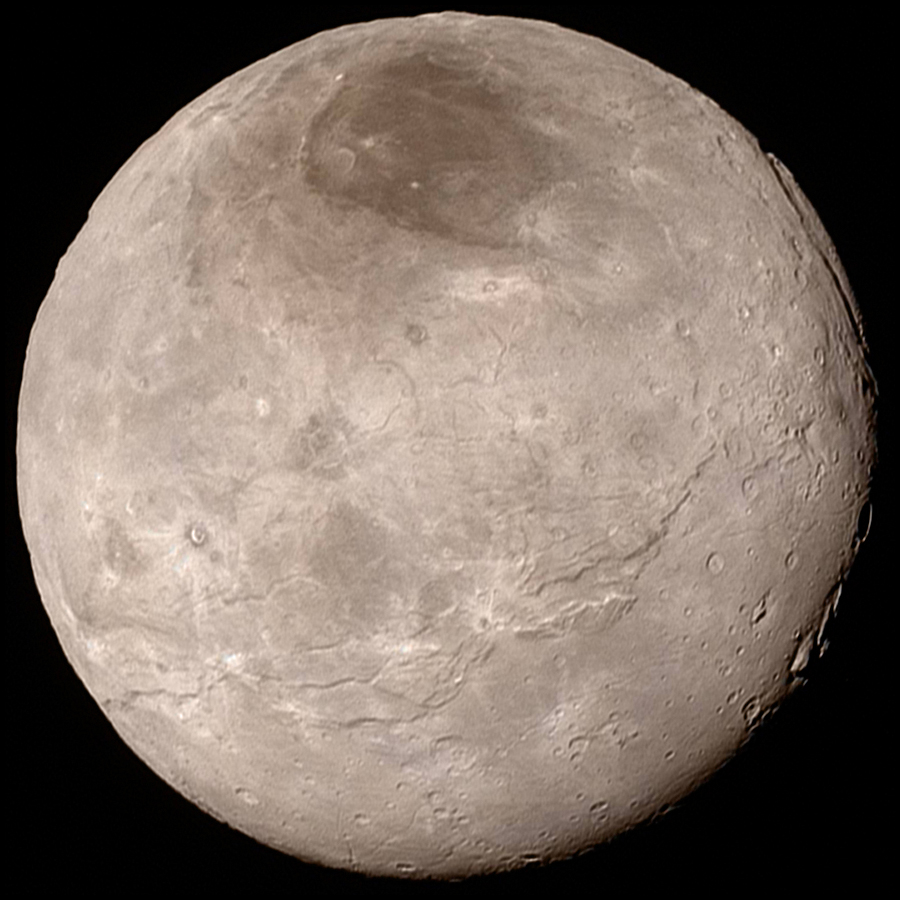Here is a table of the 12 largest satellites in our solar system. In addition to the size of each satellite, its home planet, its median distance from that planet, and discovery information, its median distance from its home planet is given in terms of the median lunar distance from the Earth. Remarkably, Pluto’s moon Charon is just 0.05 lunar distances from Pluto, only 19,591 km. Only one other of the largest satellites orbits closer to its home planet than the Moon orbits around the Earth, and that is Neptune’s moon Triton at 92% of the Earth-Moon distance. At the other end of the scale, Saturn’s moon Iapetus orbits Saturn over nine times further away than the Moon orbits the Earth.

Now let’s look at the orbital eccentricity of each of the largest moons, and the orbital inclination relative to the equator of its home planet.

Our familiar Moon is really an oddball: it has the greatest orbital eccentricity of all the largest satellites, and, with the exception of Triton and Iapetus, by far the greatest orbital inclination relative to the equator of its home planet. Triton is the oddball among oddballs as it is the only large satellite in our solar system that has a retrograde orbit: it orbits Neptune in a direction opposite the planet’s rotation. Iapetus has an orbital inclination relative to Saturn’s equator almost as much as the Moon’s orbital inclination relative to the Earth’s equator, but this anomaly can perhaps be forgiven because Iapetus orbits so very far away from Saturn. Its orbital period is over 79 days.
Note that the Moon’s orbital inclination relative to the equator of the Earth varies between 18.33˚ and 28.60˚. This occurs because the intersection between the plane of the Moon’s orbit around the Earth and the plane of the Earth’s orbit around the Sun precesses westward, making an entire circuit every 18.6 years.



